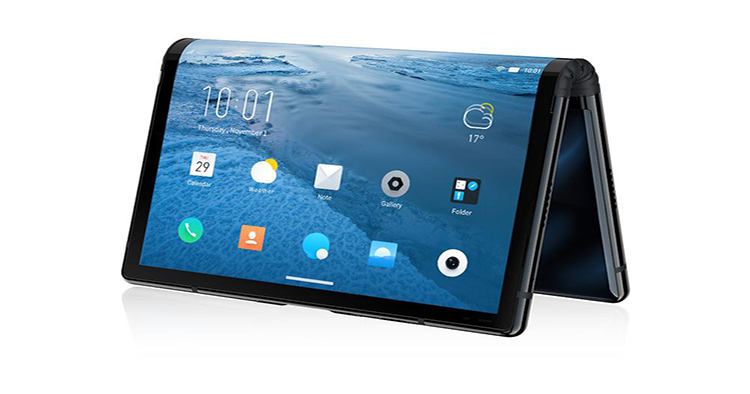
There were rumours going around of Samsung working on the Galaxy X, a foldable smartphone that was supposed to be the first of its kind, releasing end of 2018. Unfortunately for Samsung, they were not the first. Rouyou (Royale) Technologies from China claimed the title of the first company to release the world's first foldable smartphone called the FlexPai. Unveiled yesterday, the phone has some pretty cool tech specs like Qualcomm’s next-gen Snapdragon 800 series.
The most interesting feature of the smartphone is its foldable display. The folded area of the display will be where notifications will be shown when the device is in use. You are able to drag items between the folded screens as well. The display is measured at 7.8 inches diagonally which comes with an AMOLED panel with 1920 x 1440 resolution and a 4:3 aspect ratio. The processor comes with 8GB RAM and 256GB of storage. There is also a 6GB RAM with 128GB storage version as well as an 8GB and 128 GB storage version. The camera that comes with the device is 16MP + 20MP, which comes with image stabilization.
The FlexPai is equipped with a 3800mAh battery with 5V/5A fast charging with their very own Ro-Charge technology. The device’s storage is expandable up to 256GB and supports dual nano SIMs. Despite the interesting concept the device has, the FlexPai is very much lacking in the aesthetics department.
If you're interested in getting your hands on the FlexPai, you can pre-order the device now on the website. The FlexPai goes for a whopping 1599 USD (RM 6611) for the 128GB version and 1759 USD (RM 7321) for the 256GB version. Don’t worry though, the phone comes bundled with a Ro-Charge cable with Type-C connector, a SIM pin, headphones with Type-C connectors, a 3.5mm Type-C connector cable, a carrying case, and most importantly, the fast charging Ro-Charge adapter!
So far, there is no word on a Malaysia release. Check out the Royole website for the full specs of the FlexPai. Follow TechNave.com for more tech news and beyond!




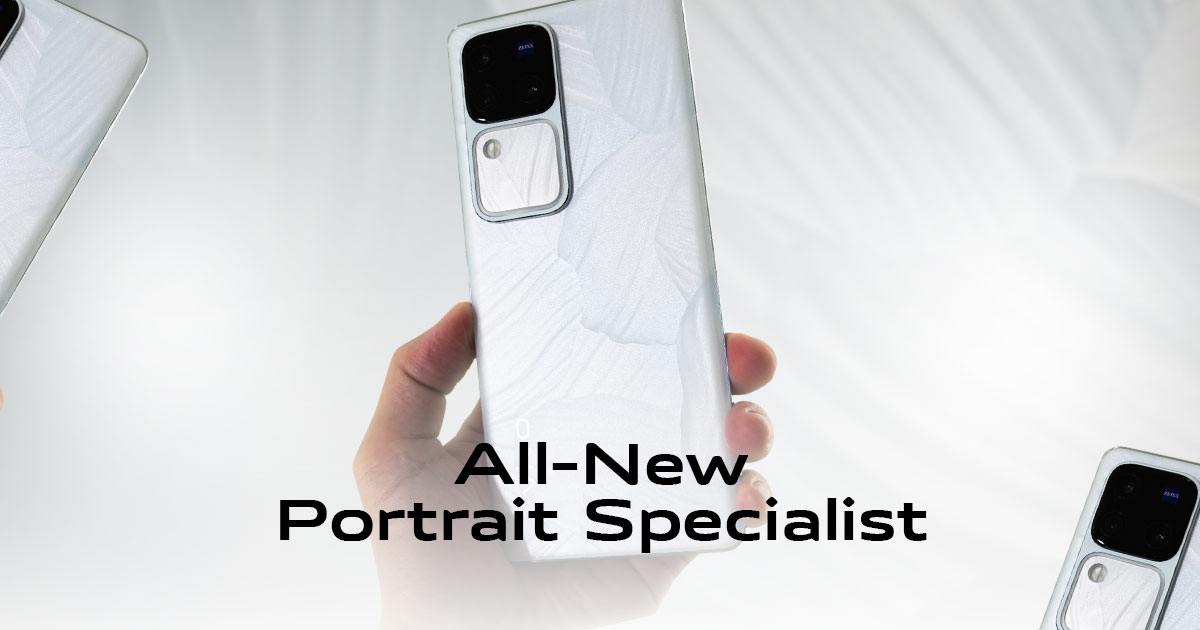



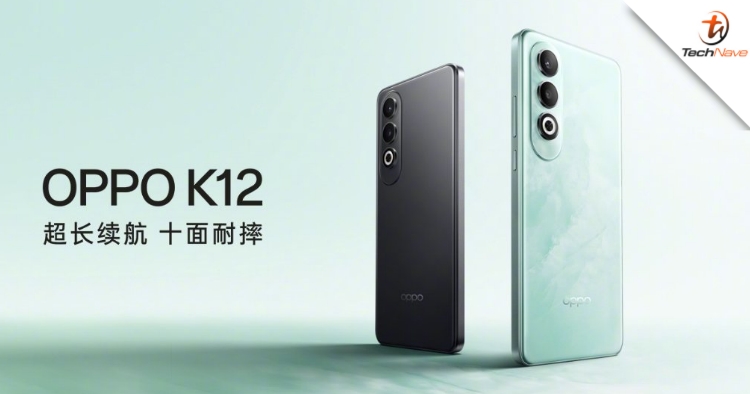
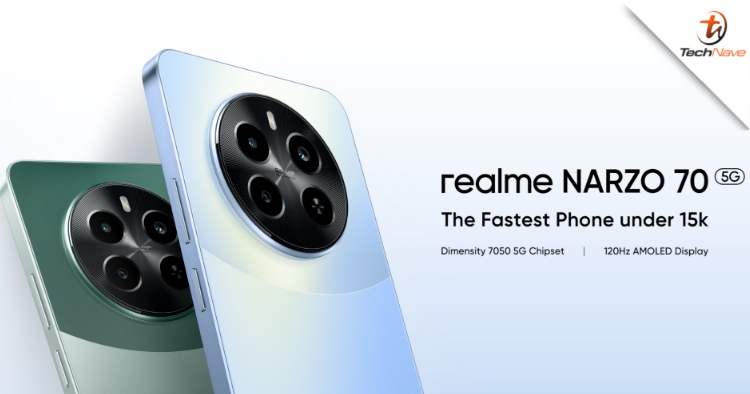
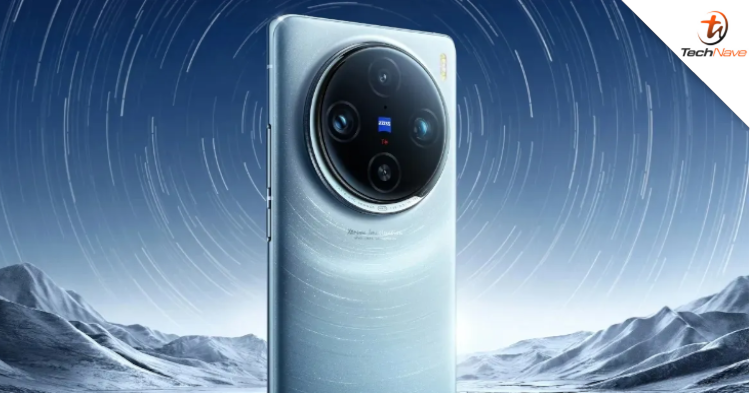
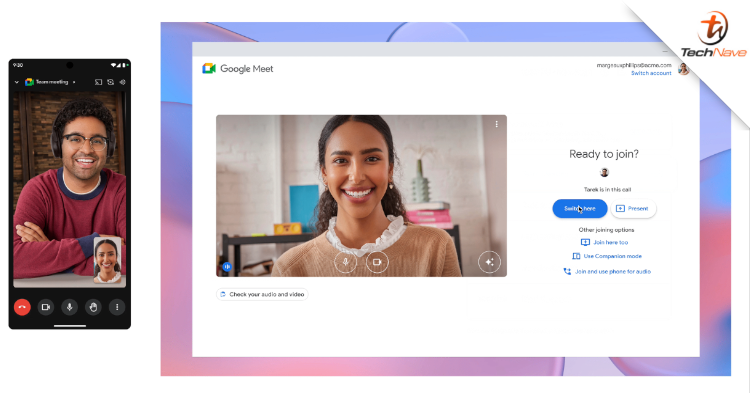
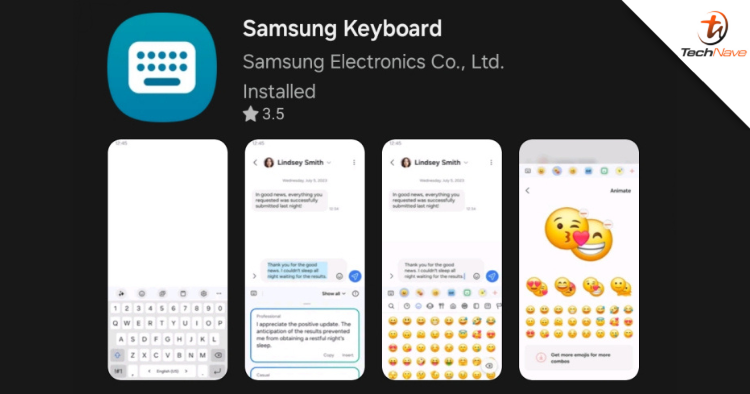




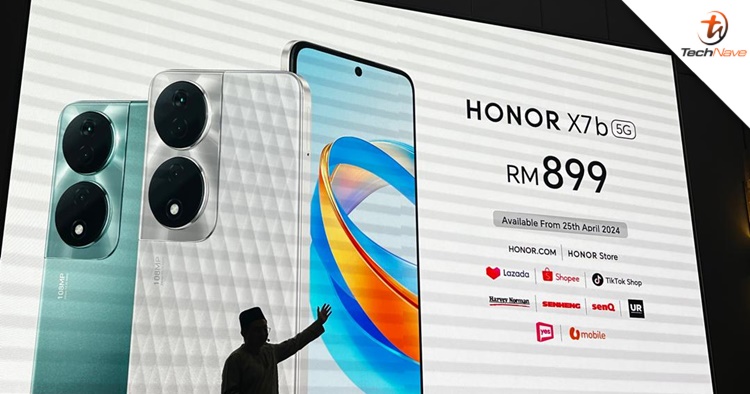
COMMENTS